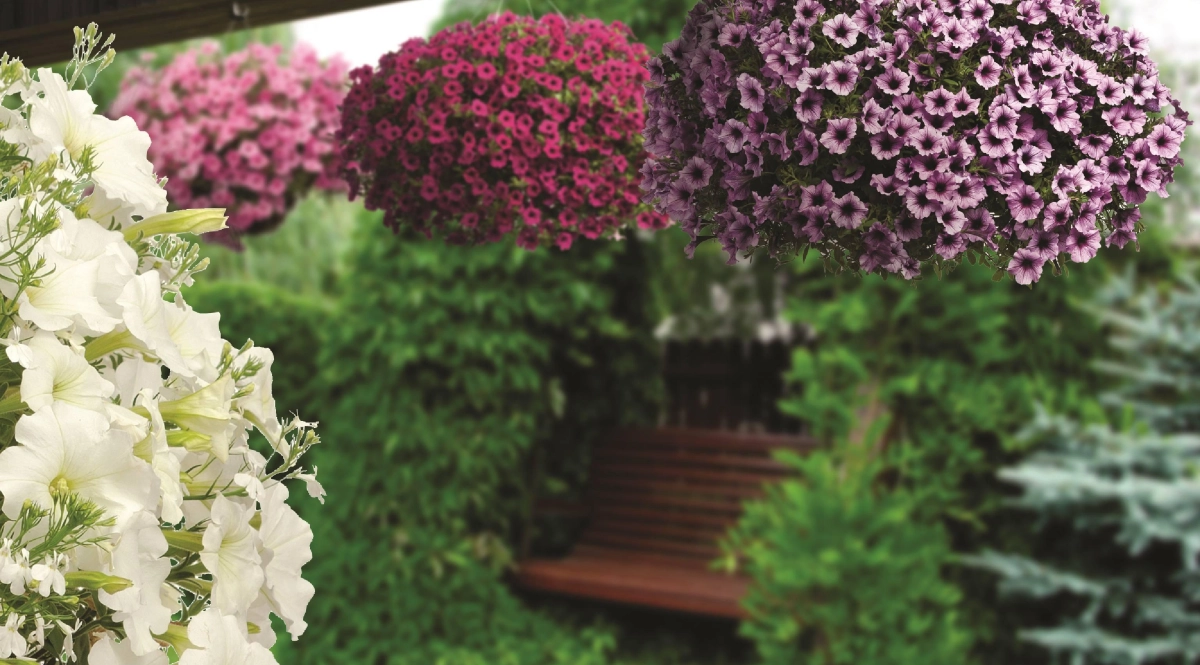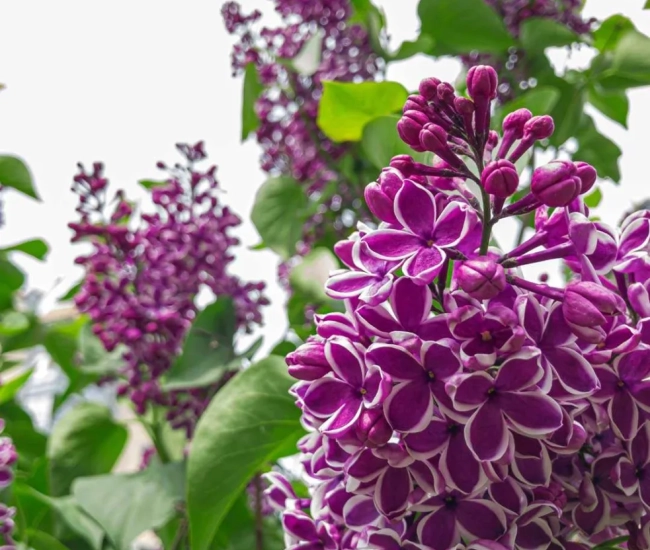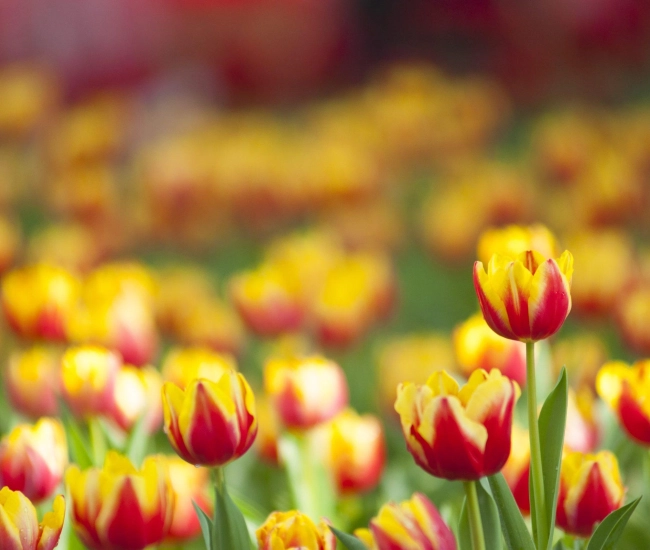
Our Tips for Successful Hanging Baskets of Annuals
Hanging baskets filled with annual flowers are charming for decorating your balcony, terrace, pergola, windows, or facade. An elegant and airy touch. You can buy these baskets designed by talented gardeners or create your own that will harmonize with your environment and reflect your personality.
Choosing the Hanging Container
Baskets for flower suspensions are generally made from a metal, plastic-coated, or wooden frame and are sold with a hook and chains for hanging.
Plastic containers, which are less aesthetic, are best hidden quickly. The most interesting ones are those made of natural materials. If you use a metal basket with an open mesh, you need to line it with a mat of moss, felt, or coconut fiber to retain the soil and maintain moisture.
Pre-prepared and reusable products are available in garden centers to make your task easier. You can also opt for a terracotta suspension: you must then ensure that drainage holes are provided to let the excess watering water drain away.
The larger the container size, the more plants you can use, and the better they perform. Interesting diameters for a flower suspension range from 30 to 40 cm (12 to 16 inches). Beyond this size, you must consider that the pot reaches a weight that can complicate the security of the suspension.
Selecting the Soil
The soil should be as light as possible and retain moisture. Mixes specially designed for container cultivation are now sold in garden centers.
These products must be made from high-quality horticultural ingredients: therefore, when purchasing soil, consult the list of its constituent materials and their quantity on the bag. The best ones also contain water-retaining products and slow-release fertilizers that will greatly facilitate your task.
Choosing Annual Plants for Hanging Baskets
Nowadays, you can find annual plants in containers already of good size and compact in garden centers. These specimens usually do not require training treatment after planting.
You can also opt for plants in trays: you must then choose the most compact ones possible and especially opt for those that are not too leggy.
Planting Your Annuals in Hanging Pots
Fill your hanging basket to 2/3 of its height with soil. Pack it well and water it. The root balls of the plants that will make up your arrangement are then moistened.
First, place the plants that will constitute the center of the composition. These plants are usually upright, bushy, and compact. They will give volume to your composition. Next, position creeping and trailing plants for the border of your suspension. The plants are placed in a staggered pattern. Fill the space with soil up to about 1 or 2 cm (½ to ¾ inch) from the edge of the container. You can plant your annuals quite densely to achieve a lush effect as quickly as possible.
Hanging Your Baskets
Take care not to break the stems of your plants when hanging. A location sheltered from cold winds is preferable. Of course, your suspension should be hung where it will not obstruct your movements. You must also ensure that it does not hit the house walls in the wind. These hanging containers must be hung securely, as watering significantly adds weight to them.
Maintaining Hanging Plantings
Plantings in containers require greater attention to watering. They need a regular supply of water, especially during heatwaves. Regularly remove faded flowers throughout the summer to encourage the renewal of flowering. Excellent liquid or slow-release fertilizers are now available for container fertilization.
Tips and advice



